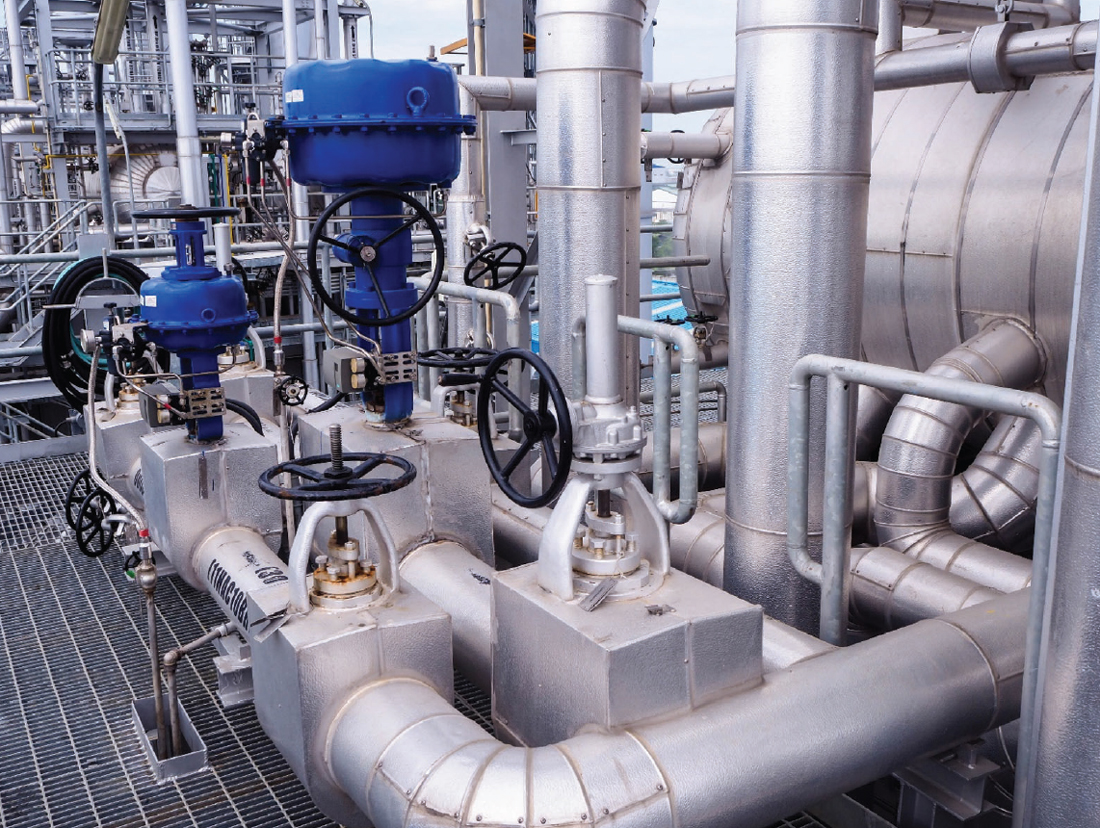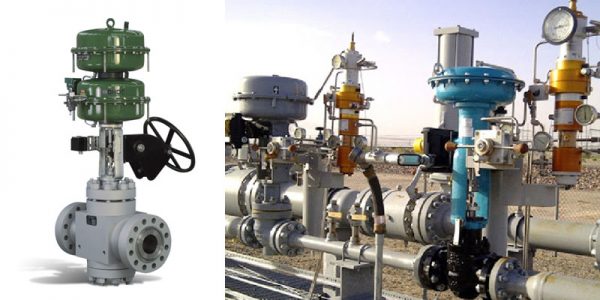The Function of Control Valves in Fluid Flow Monitoring Systems
The Function of Control Valves in Fluid Flow Monitoring Systems
Blog Article

Maximize Power Savings and Comfort With Advanced Structure Automation Controls
In the world of contemporary style and facility administration, the assimilation of sophisticated structure automation controls stands as an essential advancement. By utilizing the power of automation, structures can adapt, react, and advance in methods that were when unimaginable.
Energy Effectiveness Perks
Energy performance advantages can dramatically reduce power intake and functional expenses in buildings. Energy-efficient systems, such as advanced structure automation controls, can enhance the use of resources like heating, air conditioning, and illumination, leading to lower energy expenditures over time.
In addition, improved energy performance can lengthen the life-span of structure equipment and systems. By running extra effectively, HVAC systems, light, and other structure elements experience less wear and tear, causing minimized maintenance and substitute expenses. Additionally, energy-efficient buildings frequently command higher home values and rental rates, supplying long-lasting monetary benefits to owners.
Moreover, power performance can improve resident comfort and efficiency. Effectively regulated indoor settings with optimum lights and thermal conditions create an even more pleasant and helpful office, leading to improved staff member satisfaction and efficiency. On the whole, the power effectiveness benefits related to sophisticated building automation controls are multifaceted, incorporating cost financial savings, environmental stewardship, and passenger health.
Boosted Convenience Control
Enhancing comfort control in building environments requires an advanced combination of sophisticated automation systems for ideal owner health. By making use of innovative structure automation controls, centers can customize the interior atmosphere to satisfy the certain requirements and choices of residents. These systems allow accurate policy of air flow, illumination, and temperature, creating a comfy and effective ambience. Passenger contentment and performance are carefully linked to thermal convenience, making it vital to have systems in position that can adapt to changing problems in real-time.
By integrating these innovative controls, buildings can not only improve comfort however additionally boost power efficiency by optimizing system operations based on actual occupancy and use patterns. Inevitably, focusing on occupant comfort with sophisticated automation systems leads to an extra delightful and healthier indoor atmosphere.
Functional Efficiency Improvements

In addition, the application of real-time surveillance and analytics devices allows structure operators to determine power inadequacies and functional abnormalities without delay. By constantly monitoring power usage patterns and system performance metrics, changes can be made in real-time to optimize energy intake and make sure peak functional performance. control valves. Furthermore, including demand feedback approaches right into building automation controls can useful site additionally enhance functional effectiveness by dynamically adjusting power usage based upon grid problems and pricing signals
Indoor Environment Optimization
Effective indoor climate optimization is an essential facet of structure automation controls, making sure residents' convenience and wellness while making the most of power cost savings. By utilizing innovative sensing units and controls, building automation systems can continually adjust and keep an eye on temperature, humidity levels, air quality, and ventilation to produce an ideal interior setting. Preserving constant and comfy conditions not just boosts owner satisfaction but likewise increases productivity and overall health.
Indoor climate optimization additionally plays an essential function in energy performance. By fine-tuning heating, air conditioning, and ventilation systems based upon real-time data and tenancy patterns, building automation controls can dramatically lower energy usage - control valves. For example, carrying out methods such as demand-controlled air flow and thermal zoning can aid reduce power waste while making certain that each location of the building gets the required conditioning.

Sustainable Atmosphere Production
Structure automation regulates not only enhance indoor environment problems for power effectiveness and occupant comfort yet additionally lay the foundation for developing a lasting environment with strategic monitoring of sources and systems. By integrating advanced building automation modern technologies, such as sensing units, actuators, and intelligent software application, centers can readjust and keep track of energy usage in real-time to decrease waste and minimize their carbon impact. These systems allow predictive maintenance, determining possible issues prior to they intensify and maximizing tools efficiency to improve durability and effectiveness.
Moreover, lasting setting development expands past power management to incorporate water conservation, waste decrease, and indoor air high quality enhancement. Building automation controls can manage water use, identify leaks, and guarantee proper garbage disposal practices, adding to general sustainability initiatives. Furthermore, by regulating and checking ventilation and purification systems, these modern technologies boost resident click health and performance while decreasing power intake linked with heating and cooling procedures.
Verdict
To conclude, progressed building automation manages offer considerable benefits in terms of power cost savings, comfort control, functional efficiency, interior climate optimization, and creating a sustainable atmosphere. By implementing these controls, buildings can achieve optimal performance while reducing energy consumption and boosting passenger convenience. It appears that making use of sophisticated automation modern technology is essential in boosting building efficiency and creating a more lasting future.
Energy efficiency benefits can significantly reduce power consumption and operational costs in structures. In general, the energy effectiveness benefits associated with sophisticated building automation controls are multifaceted, encompassing price savings, ecological stewardship, and owner health.
Additionally, incorporating need response techniques right into building automation controls can even more improve functional performance by dynamically changing power usage based on grid problems and rates signals.
Building automation manages not just maximize interior climate problems for power efficiency and passenger convenience however additionally lay the structure for producing a lasting environment through critical administration of systems and sources.In verdict, progressed building automation controls offer considerable benefits in terms of power savings, comfort control, operational effectiveness, indoor environment optimization, and developing a sustainable atmosphere.
Report this page